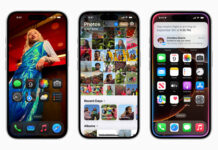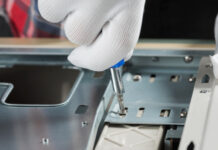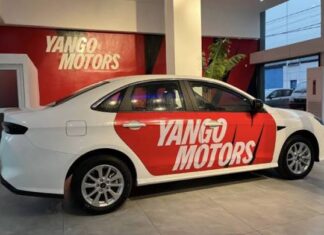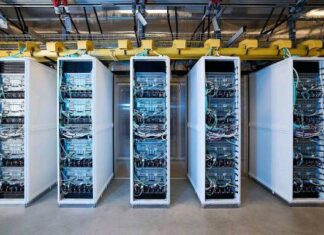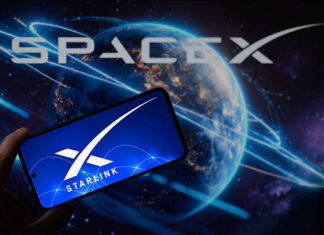When you purchase through links on our site, we may earn an affiliate commission. This doesn’t affect our editorial independence.
Before the advent of podcasts, you had to book a timeslot with a broadcast station to have your voice heard; no more. Podcasts make it possible to start a conversation in the comfort of your home. It allows you to gain exposure and grow your brand; its ease is redefined, democratizing the media. To reach your target audience, you need decent quality, even if you are creating from your home. But the question remains: how do you set it up?
Know the Essentials for Podcast
The first thing is to identify the podcast essentials for your home studio. Pen these essentials down: equipment (microphone, headset), recording/streaming software, and studio setup (lighting and sound conditioning)
Microphone
The best choice for a podcast microphone, according to experts, is the Shure SM7B, coming in at $399 on Amazon. It makes even amateurs sound polished and is incredible; it filters the background noise so your neighbor’s dogs won’t bark at your recording.
For most beginners with a low budget, the Audio-Technica ATR2100 is a lifesaver. Its dual-port (USB/XLR) option and cardioid feature ensure it subtly saves you from background noise. At just $67, it gives such crisp and clean audio that your bedroom cover would never be blown. The Samson Q2U is a strong contender for this spot with added accessories, but I stay loyal.


Camera
More often than not, when you are starting a podcast, your attention is more on the audio streaming or recording, but if you want to include a video, You could use a decent mobile device like an iPhone or your PC webcam or you could get the Logitech C920 HD Pro, which gives 1080p at just $60

Headsets
Headsets are not necessarily the priority for beginners, and rightly so. You could use your earbuds at the start to reduce the cost. But when upgrading, it’s best to do it right. There is no other option aside from the Sony MDR-7506; yes, I know they are old and all, but they remain elite. They say if it’s not broken, don’t fix it. But if you really want a modern alternative, the Shure SRH840A is your guy.
Other pieces of equipment, like a mixer and preamp, are not as basic as the above-listed ones. Their importance is based on preference, as they can be done without.

Software needed for podcast
Different software offers amazing features for recording and editing that aid in effective audio for your podcast. Before choosing which software to go with, it is advisable to itemize the editing options you want. GarageBand comes highly recommended, especially for Mac users. Its all-around ability and good interface make it easy to use.
Audacity is also very good software that doesn’t require a budget. It can do everything a beginner needs. For extra power, go for Adobe’s masterpiece Audition. It adds icing to your mixing and editing; its effects are truly professional.
For useful free and paid apps, read this.
Studio setup for your podcast
Last but not least on your list of podcast essentials is your studio setup for your podcast—your lighting, sound conditioning, and all. To be honest, they are the least important things you should think of. You might not have to invest massively. You could just find a good wallpaper in your room and use some ring lights. Your pillow, blanket, and windows could help drain noise; attaching them below your mics and against your walls saves those reverbs.
But then you could also spend some cash; acoustic foams are a more decent option as they drain the sound better and leave just your clear voice. For lighting, the Elgato Key Light or the Neewer LED Video Light Kit would do just fine.
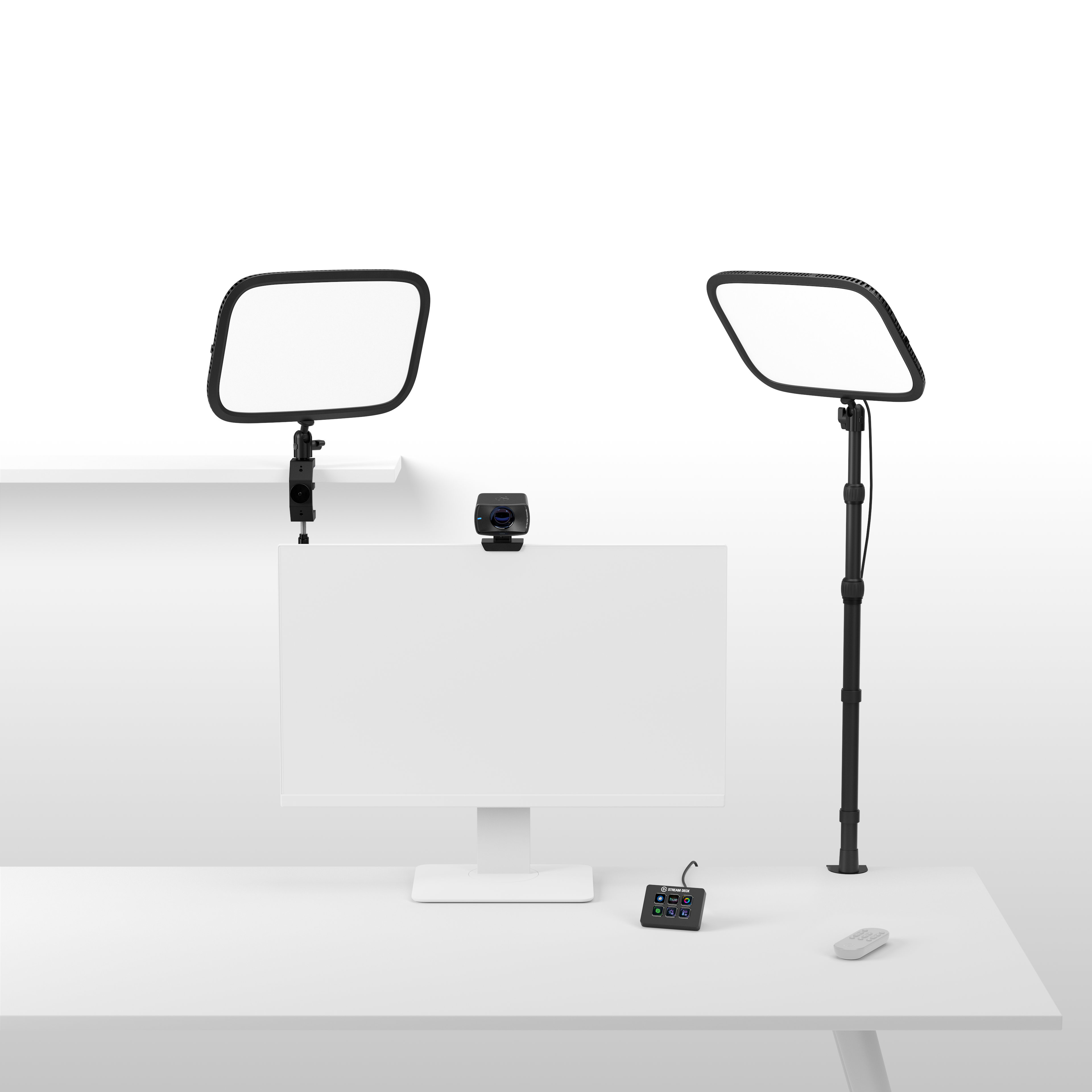
Setting up your podcast studio is a great investment. It would help produce quality content and keep you reaching your audience. You could even bring your setup on the road to record interviews and road trips.
